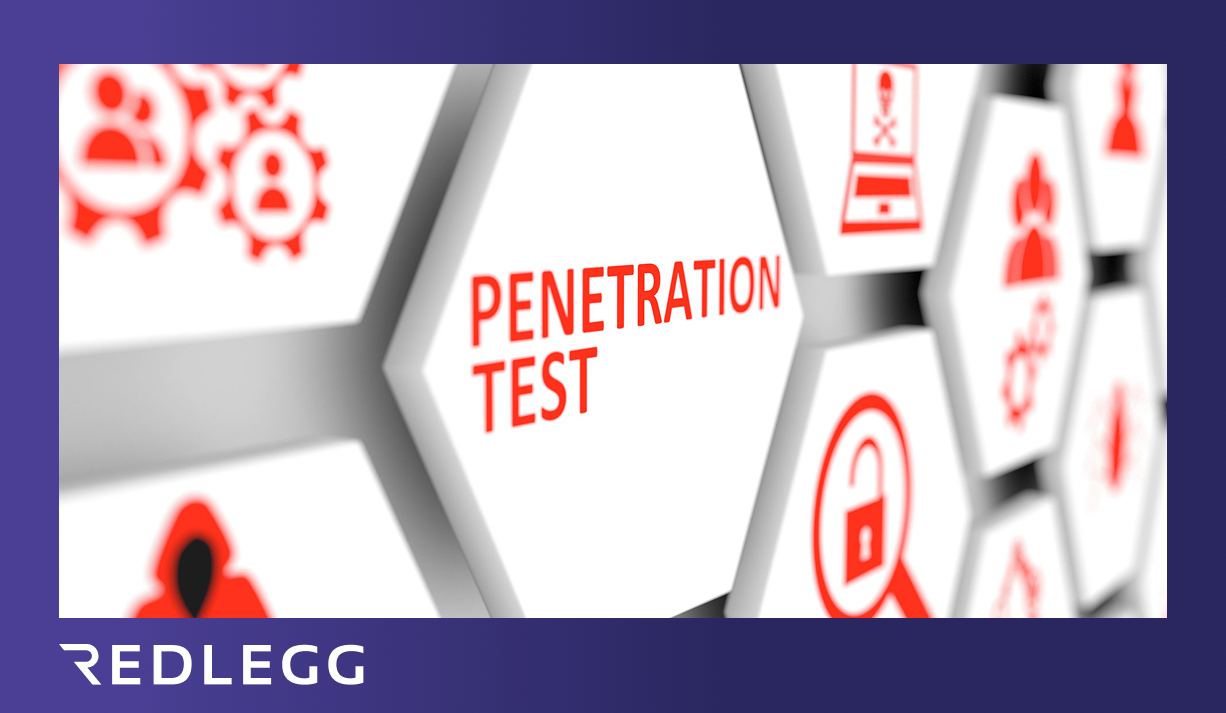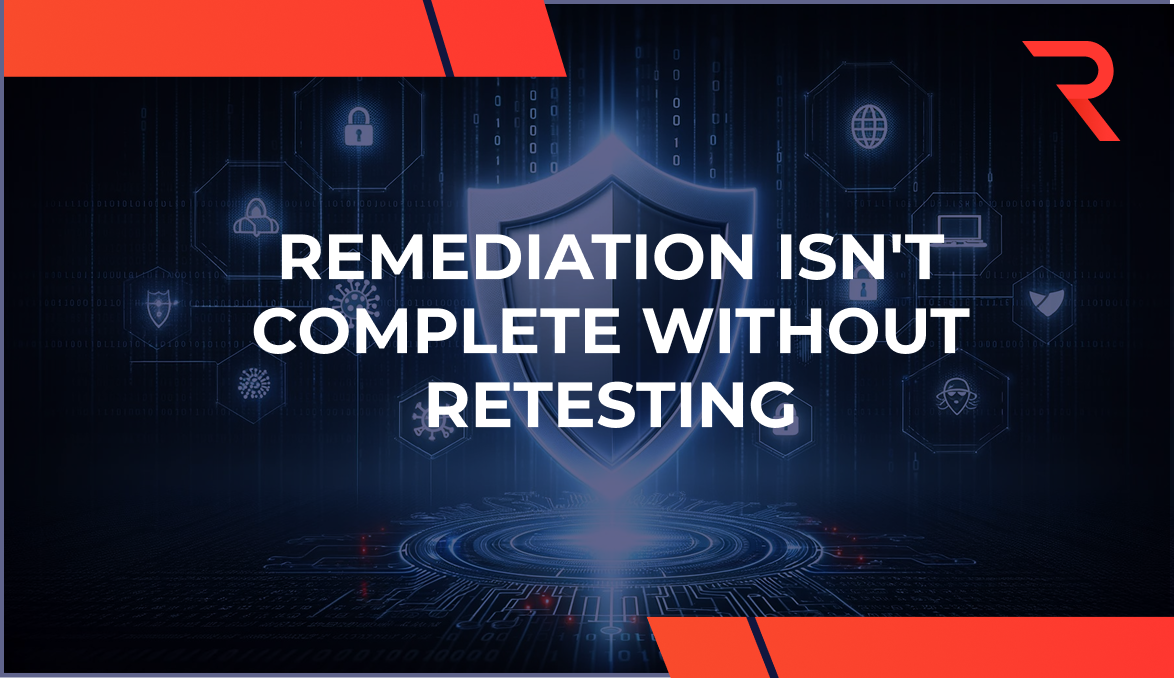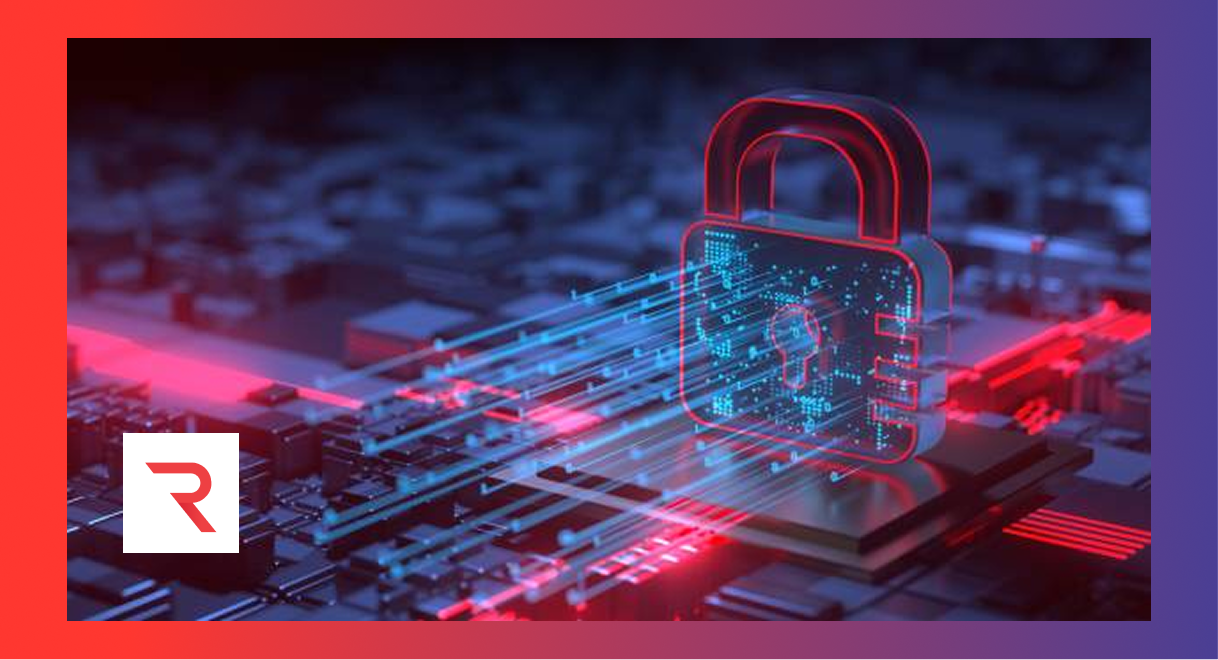30 min read
By: RedLegg Blog
Cyber threats continue to evolve, putting constant pressure on organizations to strengthen their cybersecurity strategies. Among the most effective defenses is a well-executed vulnerability scanning process—a proactive way to detect potential weaknesses before they’re exploited. But simply running scans isn’t enough. To be truly effective, organizations need to follow vulnerability scanning best practices that go beyond basic detection. In this blog, we’ll walk through six key steps that outline how to do vulnerability scanning the right way, helping you build a more secure, resilient digital infrastructure.
What is a Vulnerability Scan?
A vulnerability scan is a quick, cost-effective, and non-intrusive method to identify security weaknesses in computer systems, networks, or applications. It involves automated tools that scan, parse, and report findings without extensive data analysis, making it a straightforward and accessible approach for organizations to start enhancing their cybersecurity measures.
Key Attributes of Vulnerability Scans
- Efficiency and cost-effectiveness: These scans are relatively inexpensive and can be performed quickly, allowing frequent security checks.
- Non-intrusive nature: Unlike some deeper security assessments, vulnerability scans do not disrupt normal operations or require deep access to the system's data.
- Simple process: The process consists of scanning for known vulnerabilities, parsing the data, and generating a report on the findings.
- Foundational for security programs: Vulnerability scans are an essential first step in a vulnerability management program and are crucial for organizations to conduct in-house as part of regular security maintenance.
- Driver for further assessment: They lay the groundwork for comprehensive vulnerability assessments, without which detailed security evaluations and remediations cannot effectively proceed.
Why Vulnerability Scanning Best Practices Matter
Complex cyber threats jeopardize the integrity of IT infrastructures worldwide and continue to plague cybersecurity. The 2023 MOVEit Transfer breach illustrates the catastrophic consequences of missed vulnerabilities. In this case, attackers exploited a previously unknown flaw in widely used file transfer software, gaining unauthorized access to sensitive data across thousands of organizations, including government entities and large enterprises. The breach exposed the data of more than 66.4 million individuals and caused major operational and reputational damage.
Incidents like the MOVEit breach highlight why regular and well-structured vulnerability scanning best practices are indispensable. A disciplined, repeatable vulnerability scanning procedure helps organizations detect weaknesses early and apply fixes before those vulnerabilities escalate into full-blown crises.
Step 1: Comprehensive Asset Discovery
A successful vulnerability scanning process starts with a complete and accurate inventory of all assets across your environment. This foundational step sets the stage for every scan that follows and directly impacts your ability to detect and respond to threats effectively.
Here’s how to apply vulnerability assessment best practices to asset discovery:
- Identify every connected asset: Catalog all devices—including servers, endpoints, mobile devices, cloud resources, and IoT systems. You can’t protect what you don’t know exists.
- Leverage automated discovery tools: Use network scanners, passive monitoring, and agent-based solutions to detect assets in real time. This reduces blind spots and supports continuous coverage.
- Maintain a dynamic inventory: Treat asset tracking as a living process. Integrate updates into your vulnerability scanning procedure so new or decommissioned assets are promptly reflected in your records.
Asset discovery is more than a one-time activity—it’s a core element of vulnerability scanning, which must be done effectively and consistently.
Best practice reinforcement: Continuous asset discovery should be integrated into your scanning routine, not treated as a separate task.
Step 2: Determining Vuln Scan Frequency
Once you have a comprehensive inventory of all assets, the next step is determining how often to conduct vulnerability scans. Setting the right cadence is a key part of the vulnerability scanning process and helps reduce the window of exposure to emerging threats.
Here’s how to apply vulnerability scanning best practices when establishing scan frequency:
- Assess criticality: The importance of each system to business operations should guide how often it’s scanned. Mission-critical systems may need weekly or monthly scans to stay protected.
- Monitor updates and disclosures: Scan immediately after system patches or when new vulnerabilities are reported. This aligns with vulnerability assessment best practices by addressing risks as they emerge.
- Balance frequency with resources: Align scan schedules with your team's capabilities. Overloading your staff can lead to incomplete remediation efforts.
- Standardize schedules: Create tiered guidelines—critical systems should be scanned more often (e.g., weekly), and less critical ones quarterly or semi-annually.
Scan frequency isn’t static. Building flexibility into your vulnerability scanning procedure helps adapt to shifting risks without sacrificing coverage.
Best practice reinforcement: Regularly review your scan schedule to reflect changes in asset risk and operational priorities.
Step 3: Asset Ownership and Responsibilities
Assigning clear ownership to each asset within your organization is a key step in strengthening your vulnerability management process. Without defined accountability, even the most well-executed scans can fall short.
Here’s how to implement this effectively:
- Assign owners: Every asset, especially those critical to business operations, should have a designated owner responsible for its ongoing security and upkeep.
- Define responsibilities: Asset owners should verify that systems are scanned regularly and address any identified vulnerabilities in a timely manner. They also help prioritize remediation and oversee the application of fixes.
- Promote accountability: When individuals are accountable for specific assets, they’re more likely to follow security protocols and take ownership of remediation efforts. This clarity reduces response delays and strengthens overall resilience.
Establishing clear roles creates a chain of responsibility that supports the entire vulnerability scanning process from detection to resolution.
Best practice reinforcement: Clear ownership helps transform scan results into action, closing the gap between detection and resolution.
Step 4: Prioritizing Vulnerabilities
After vulnerabilities are identified, not all pose equal risk. Prioritization helps security teams focus their efforts where they matter most—addressing threats that could cause the greatest harm.
Here’s how to prioritize effectively:
- Use scoring systems: Assess severity using standardized metrics like the Common Vulnerability Scoring System (CVSS). High scores indicate urgent issues requiring immediate attention.
- Assess exploitability: Consider whether a vulnerability is actively being exploited in the wild. These should move to the top of your remediation queue.
- Conduct impact analysis: Evaluate the potential business consequences—data loss, service downtime, reputational damage—and prioritize based on these risks.
- Factor in compliance: Vulnerabilities tied to regulatory requirements may carry added urgency due to legal or financial penalties.
Prioritization is a critical step in the vulnerability scanning process, helping translate scan results into actionable remediation efforts.
Best practice reinforcement: Prioritization streamlines your remediation efforts and reduces noise—especially in environments with large volumes of scan data.
Step 5: Detailed Reporting for Vulnerability Scans
An effective vulnerability management program doesn’t stop at detection—it depends on clear, actionable reporting. A well-structured scan report supports timely remediation and simplifies compliance tracking.
Here’s how to enhance your reporting process:
- Include essential elements: Clearly list vulnerabilities, classify them by severity, and provide suggested remediation steps. This keeps your reports immediately actionable.
- Prioritize clarity and accessibility: Reports should be understandable to both your cybersecurity team and non-technical stakeholders. Use straightforward language and visual aids—charts, graphs, or tables—to help illustrate key findings.
- Keep content focused: Unlike a broader vulnerability assessment, scan reports should stick to what was identified during the vulnerability scanning procedure, without straying into deeper risk analysis.
- Support compliance: Maintain consistent documentation that shows when scans were run, what was discovered, and how you responded. These records help during audits and internal reviews.
Well-crafted scan reports bridge the gap between discovery and action, turning scan data into a roadmap for faster resolution and stronger compliance.
Best practice reinforcement: Standardized reporting makes it easier for teams to compare scan results over time and collaborate across departments.
Step 6: Establishing a Remediation Process
A strong remediation process is essential for translating scan results into meaningful risk reduction. Without a clear system in place, even the most thorough scanning efforts may leave critical vulnerabilities unresolved.
Here’s how to build a repeatable, reliable remediation workflow:
- Develop a standard procedure: Establish consistent steps for addressing different types of vulnerabilities, from detection through resolution. This keeps your response organized and scalable.
- Prioritize based on risk: Use insights from your vulnerability scanning reports to triage findings. Focus first on high-severity vulnerabilities that affect business-critical assets or pose active threats.
- Assign responsibilities: Make roles and handoffs clear. When team members know exactly what they own, the process moves faster and more reliably.
- Implement remediation actions: Depending on the issue, this could involve patching, reconfiguring systems, limiting access, or replacing outdated infrastructure. Follow predefined workflows for consistency and speed.
- Verify and follow up: Always re-scan to confirm remediation success. Ongoing follow-ups help reinforce your defenses and adapt your process as threats evolve.
An organized, well-documented remediation process closes the loop in your vulnerability scanning procedure and strengthens long-term security.
Best practice reinforcement: Build remediation into your regular scanning cycle to close feedback loops and improve response over time.
Beyond the Basics: Additional Considerations for Vulnerability Scanning Best Practices
Once the foundational practices of vulnerability scanning are in place, it's crucial to consider additional aspects that can refine and enhance your security processes. Here are some key considerations to keep in mind:
Managing False Positives
One of the challenges in vulnerability scanning is the handling of false positives—alerts that incorrectly flag normal activities as potential threats. While analysis to definitively rule out false positives typically occurs during a detailed vulnerability assessment, there are strategies to manage them effectively during the scanning phase:
- Refine scan settings: Adjusting the configuration of your scanning tools to suit your environment better can help reduce the likelihood of false positives.
- Regular updates: Keep your scanning tools updated with the latest definitions and patches. This ensures that the scanning algorithms are up-to-date and less likely to produce false positives.
- Preliminary filtering: Implement a process to review and filter out obvious false positives before they reach the analysis stage, saving time and resources.
Leveraging Automated Tools
Automated tools play a significant role in your vulnerability scanning service by providing continuous monitoring and detection capabilities. Integrating these tools into your broader security practices involves:
- Seamless integration: Ensure automated scanning tools integrate smoothly with other security systems, such as incident response platforms and SIEM (Security Information and Event Management) systems. This integration helps correlate scanning data with other security insights to provide a holistic view of security threats.
- Continuous monitoring: Use automated tools to monitor your network continuously, not just periodically. This helps quickly detect new vulnerabilities as soon as they emerge.
- Automated patch management: Where feasible, use automated patch management systems to quickly deploy fixes for vulnerabilities across your network, minimizing the exposure window.
Vulnerability Scanning: The Foundation of Comprehensive Cybersecurity
Vulnerability scanning is a critical first step in enhancing your organization's security posture. It identifies potential weaknesses and sets the stage for deeper analysis through vulnerability assessments and comprehensive penetration testing. Each stage builds upon the last; a thorough vulnerability assessment cannot occur without an initial scan, and effective penetration testing relies on the insights gained from both the scan and assessment. Together, these practices form a cohesive and sequential approach to robust cybersecurity, ensuring each layer of defense informs and strengthens the next.
The Power of Proactive Security
Implementing a structured approach to vulnerability scanning is not just about compliance or checking a box; it’s about actively protecting your organization’s digital assets from ever-evolving threats. By following the six outlined steps—comprehensive asset discovery, determining scan frequency, asset ownership and responsibilities, prioritizing vulnerabilities, detailed reporting, and establishing a remediation process—you lay the groundwork for a comprehensive vulnerability management program. Furthermore, addressing advanced considerations such as managing false positives and leveraging automated tools enhances your capability to begin a proactive security posture.
Don't wait for a breach to reveal the gaps in your security strategy. Take a proactive approach to safeguarding your business by implementing vulnerability scanning best practices. Consult with RedLegg today and discover how tailored cybersecurity solutions can address your business's unique challenges. Protect your digital assets and ensure your organization's resilience against cyber threats. Contact a RedLegg expert for a comprehensive consultation.
Want more? Read...








